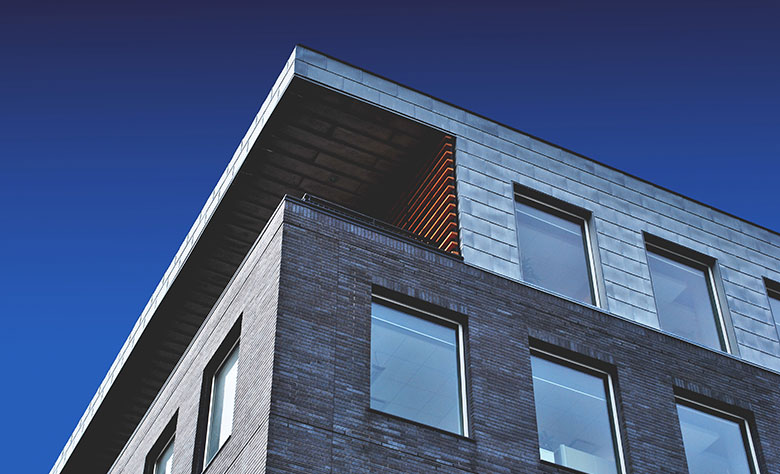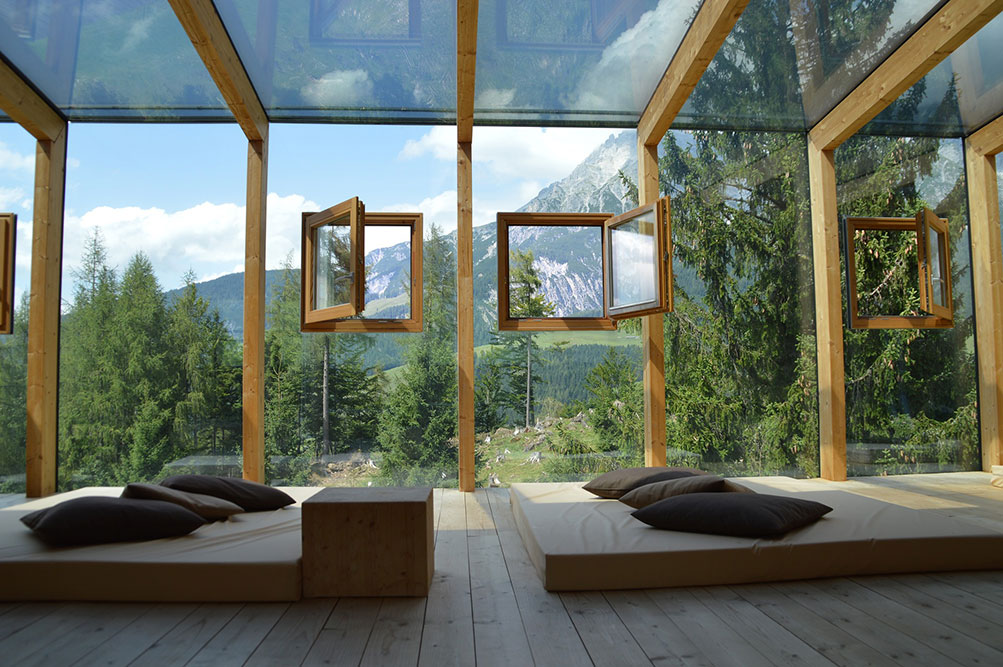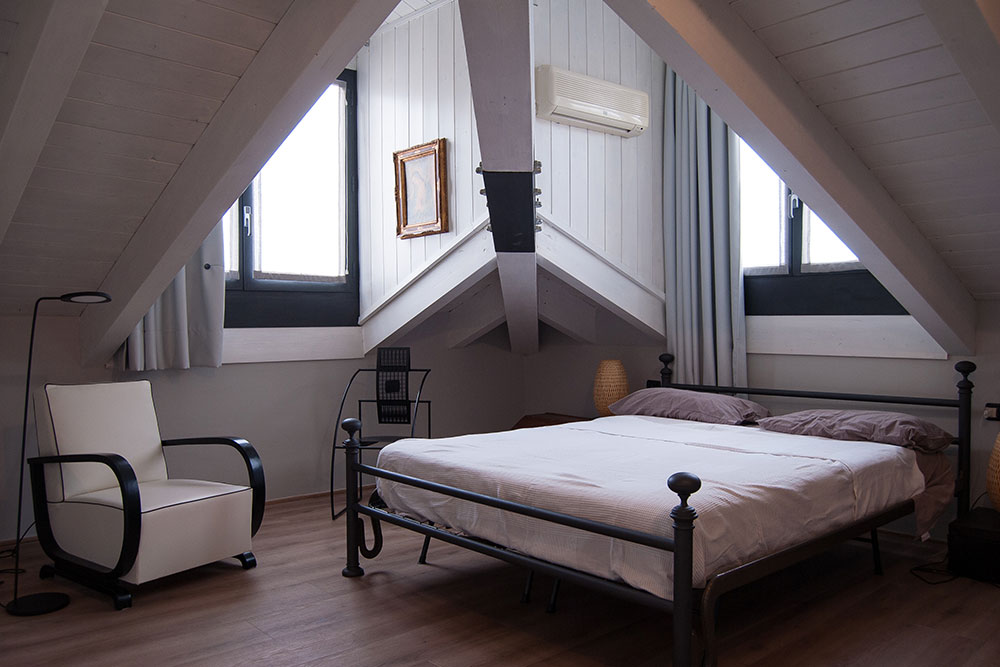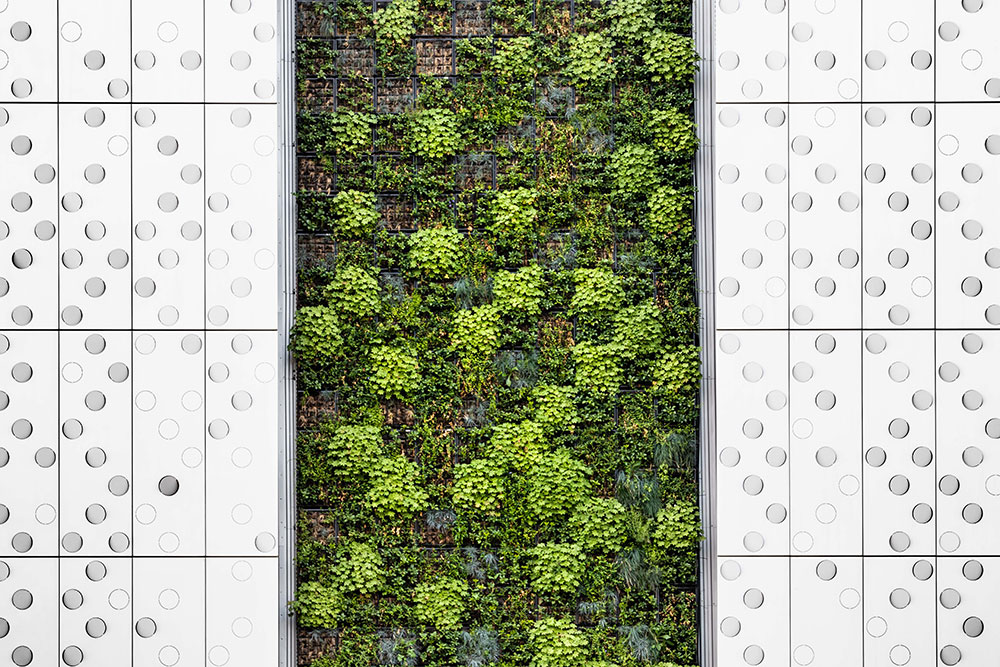Designing a sustainable home will not only contribute to the environment preservation, but it will also help you increase your savings. Whether you want to go big and introduce major changes or keep it simple when it comes to eco-friendliness, every upgrade matters.
Introduce sustainable materials
Renewable materials are not only beneficial for the environment, but they are a lot healthier. Their main advantage is that they don’t contain any toxic chemicals and are used in an eco-friendly manner. So, if you’ve been thinking about restyling your floors, for instance, you should go with bamboo, cork or some other sustainable material. You can also use organic cotton, wool and other natural fabrics for embellishing your space.
Install energy-efficient lighting
Regular incandescent bulbs are almost completely left behind in favor of their eco-friendly alternatives – LEDs and CFLs. These energy-saving solutions are more efficient and durable, unlike incandescent bulbs. Since they use less energy and last longer, they can also help you reduce your electricity costs. Furthermore, LEDs emit a glow that is significantly more similar to natural light.
Break off from the grid
One of the most effective ways to enhance the sustainability of your home and increase your savings is to disconnect your household from the electrical grid by installing solar panels. Of course, this is a major change that can cost you a bit more initially, but you can build an off-grid solar system on your own and reduce the costs of installation. Being part of the equipment, efficient SMI inverters had helped hundreds of thousands of households produce and consume energy independently. You’ll start saving money from day one because you’ll generate your own energy and bring your electricity bill down to zero.
Use healthy paints
Painting your interior is a great way to create a new look in your home. However, regular paint contains high levels of volatile organic compounds (VOCs) that are released into the air, contributing to indoor air pollution. These hazardous chemicals can cause problems such as:
- Eye and throat irritation;
- Respiratory issues;
- Nausea;
- Headaches, etc.
Thus, it’s important to choose paint that doesn’t contain these compounds. Green paint is a bit more expensive, but they will ensure that you create a healthy home environment.
Insulate your attic
Improper attic insulation is a major source of energy wastage. During winter, you spend a lot of money on heating up your home, but most of the heat probably leaves your home through the attic. On the other hand, during summer, the roof undergoes a lot of solar heat gain, so your attempts to cool down your space are undermined. The solution? Make sure that your attic is properly insulated with high-quality, sustainable materials. Wool or recycled cotton are great alternatives to the classic insulation. Proper attic insulation can reduce your energy consumption by up to 50 percent.
Add a smart thermostat
Maintaining a stable indoor temperature can be quite difficult, especially if there are some hidden air leaks in your home. By installing a smart thermostat in your space, you’ll be able to regulate your indoor temperature more efficiently and reduce your electricity bill. Since these thermostats are programmable, they can easily adjust your temperature depending on whether you’re home or not, and even control it in different rooms separately.
Embrace nature in every way
Welcoming nature into your home will not only enhance its sustainability, but it will also make it healthier. You have a range of different options for introducing greenery to your space. And all will provide you with certain benefits. Houseplants will purify your indoor air and create a more open atmosphere in your home. You can also create an indoor living wall which will provide you with another layer of insulation. Furthermore, you can also cover your exterior with vines, which will provide your home with insulation from the outside. Planting trees and bushes in front of your windows will provide your home with shade and reduce solar heat gain. Consequently, your home will be cooler and more pleasant, reducing the need for the use of your air conditioning.
Making your home greener and more sustainable will help you reduce its ecological footprint, create a healthier and more comfortable home environment. And even increase your savings in the long run.





